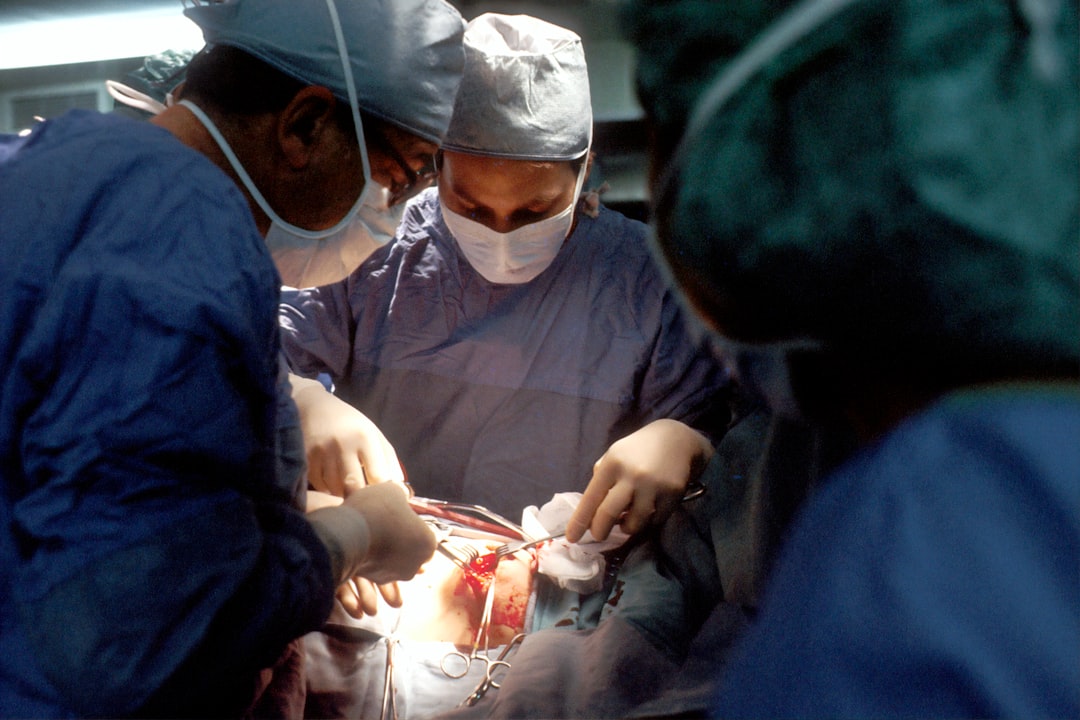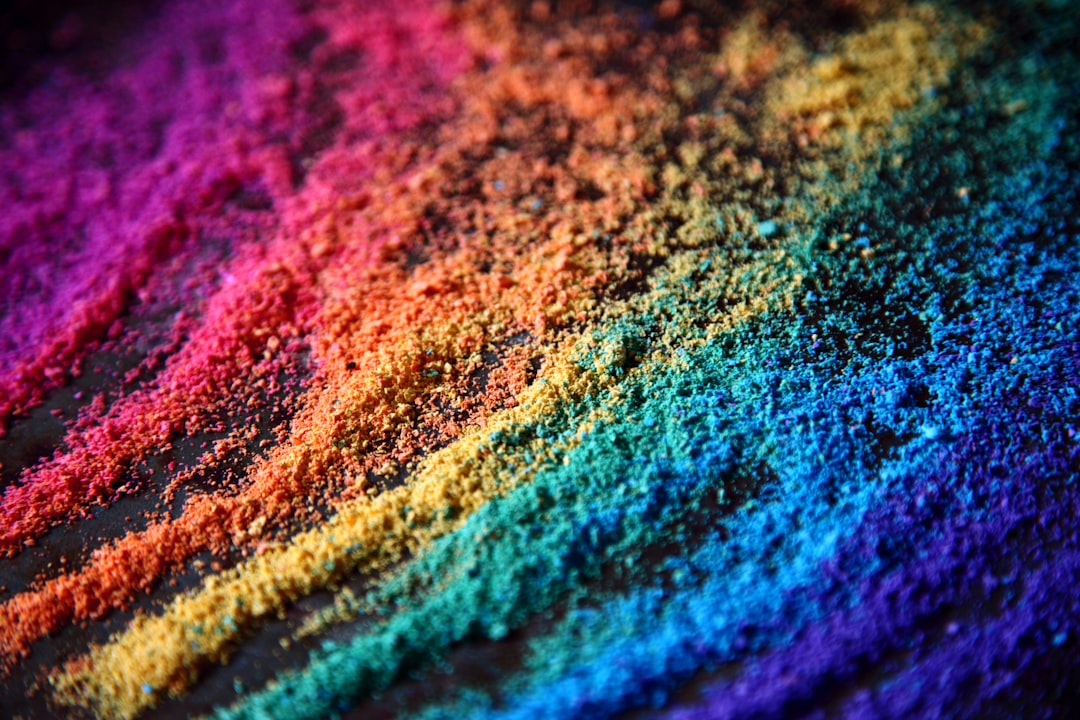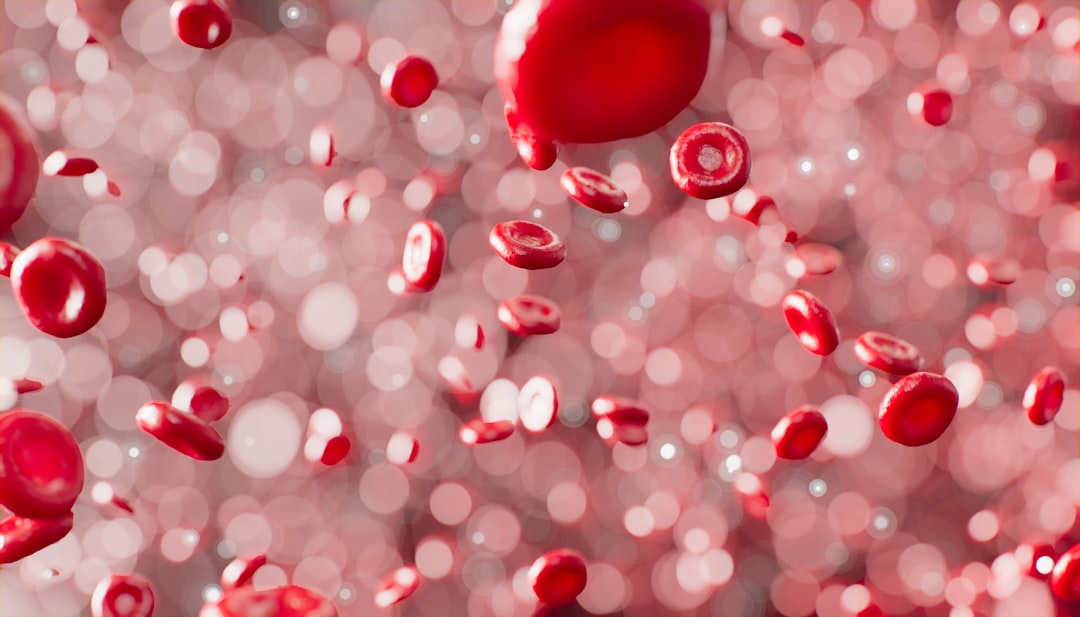What is it about?
Treatment of hazardous phenolic substances that are discharged to environment has a significant interest since decades. Biological treatment using freely suspended sludge is the most economical treatment method, but, is considered inactive for treatment of phenolic substances due to the complexity in their chemical structure. The degradation of phenol was experimentally investigated using separate and coupled biological and photo-catalytic processes.
Featured Image
Why is it important?
The photo-catalytic degradation of phenol resulted in another toxic materials, longer exposure to UV would result complete degradation of phenol and its derivatives. Thus, despite the effectiveness of the combination of AOP and biological processes, photo-oxidation process is recommended as a post treatment to the biological wastewater treatment; other arrangement would lead to inefficient.
Perspectives
From the obtained results, it can be concluded that the combination of AOP and biological process for the treatment of bio-refractory materials can be effective if the photo-oxidation process is recommended as a post treatment to the municipal biological wastewater treatment; other arrangement may reduce the efficiency of the biological process and volubility of the activated sludge
Salam Al-Dawery
University of Nizwa
Read the Original
This page is a summary of: Removal of Phenol from Sewage Effluent Using Activated Sludge Coupled with Photo-oxidation Process, Asian Journal of Water Environment and Pollution, January 2019, IOS Press,
DOI: 10.3233/ajw190009.
You can read the full text:
Contributors
The following have contributed to this page










